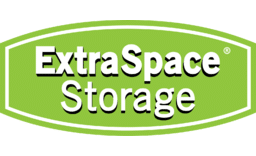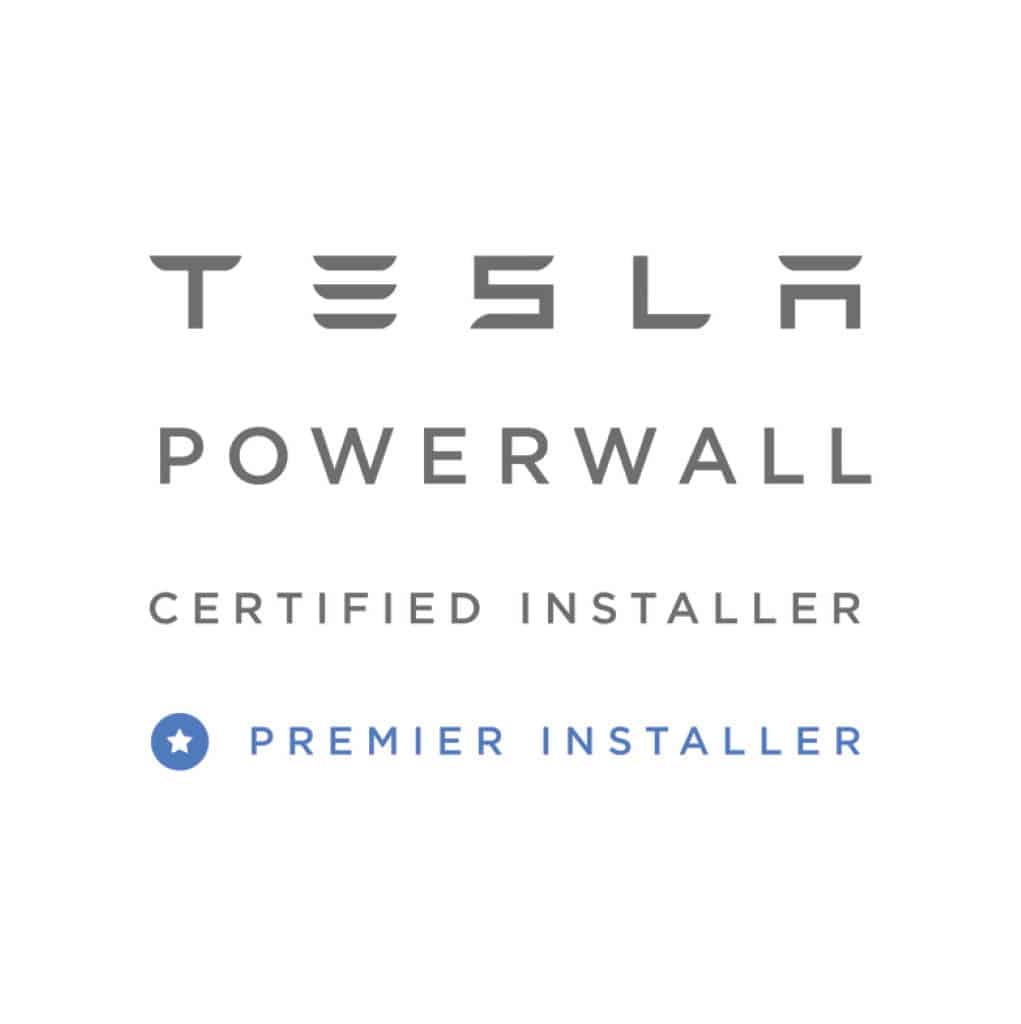Duke Energy's Solar and Battery Incentive
Duke Energy's PowerPair Incentive Program

Duke Energy’s PowerPair solar and battery incentive is an exciting opportunity for anyone looking to go solar and save money. For Duke Energy’s Incentive your solar system and battery must be installed by a Duke Energy approved installer.
This incentive can be combined with the 30% federal tax credit, that is a potential of 50% in installation savings. There has never been a better time to go solar and save!
*Based on 10 kW Solar PV System (using premium USA made, all-black panels with a 25 year warranty)+ Enphase microinverters (latest and best technology, small inverter behind each panel)+ (1) Tesla PowerWall battery.
1. You must have submitted a valid Interconnection Request before submitting an application to the program. The first incentive window will be open from May 8th through June 5th.
2. You may initially apply for the program during this four-week application period. If eligible applications received in this initial four-week period exceed the participation limit, eligible applications will be entered into the waitlist.
3. Then Duke Energy will send you an update informing you of your receipt of a PowerPair Reservation or placement on a waiting list. After updates are sent, a second application period will open with applications received added to the waiting list in first come, first served order.
4. You may apply prior to installation of the new solar generation and energy storage system in which case a PowerPair Reservation will be provided reserving the PowerPair Incentive.
Already Installed?
90 days retroactive, if installed within 90 days of application you are eligible to apply for incentive or once approved you have 270 days to install.

Register during the 4-week registrationg period for the PowerPair incentive. Contact 8MSolar for details.

Duke Energy will inform your of your confirmation of the incentive or if you are on the waitlist.
Install your solar system and battery by a Duke Energy approved installer.

Submit proper paperwork and receive your payment from Duke Energy.

$0.36/watt for solar panels, limited to a maximum installed capacity of 10kW AC, and capped at $3,600 per residence.

$400/kWh for battery storage, limited to a maximum installed capacity of 13.5 kWh. 13.5 x $400 = $5,400 battery incentive.
Let 8MSolar help you achieve energy independence at a low cost.
Participants would be served under the time-of-use (TOU) rates approved by the Commission in the NEM Order and would have complete control of the use of the energy storage device. This is called the Residential Solar Choice rate schedule (policy), and is the policy that anyone going solar in 2027 onwards would be on.
Participants would be served under the Bridge Rate. Participants would be required to participate in a new program called Battery Control (Duke Energy controls the battery). Under Battery Control the customer's battery could be controlled by Duke Energy up to 36 “control events” per year, a minimum of 30 control events per year – when these events are not in progress customers can use their batteries however they want.
Cohort B participants would receive an additional monetary incentive of approximately $40 per month, or $480 per year, based on Duke Energy's discharging of the battery.









We provide residential and commercial solar panel installation services all across The Triangle in North Carolina and Virginia, including:
Some energy companies in North Carolina charge customers a blended rate that comes from dividing the amount due on your bill by the total kilowatt-hour consumption during the billing period. These blended rates give an accurate ROI estimation in theory, but they fail to account for seasonal demand.
At 8MSolar, we don’t use blended rates when calculating the financial impact of your solar energy system because it artificially inflates your ROI. Instead, we take all measures to produce accurate, verifiable numbers, so you can take our ROI estimate to the bank, literally.
We install three types of panels for businesses:
Commercial solar energy systems provide excellent tax benefits that can reduce your commercial solar panel cost. According to the IRS Notice # 2018-59, any commercial solar panel system put into service by Dec 31st, 2023 and meets one of the following requirements is eligible for the full 26% federal tax credit:








8MSolar is the highest rated solar panel installation company in North Carolina. We help install solar energy in North Carolina for homes, businesses and non-profits. We focus on installing Solar PV panel systems that are cutting edge, beautiful and reliable.
Copyright 2024 © 8MSolar